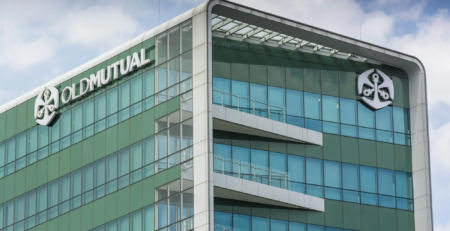US. Mixed Reports on Retirement Funding
A defined benefit plan’s funded status is often cited as an indication of the plan’s financial health and there is good news on that score for the largest U.S. plans. A report from Willis Towers Watson shows that the estimated aggregate funded status of 361 Fortune 1000 companies improved to 96% at the end of 2021. That’s the highest level since 2007 and an increase of five percentage points from 2020. The analysis also found the funding deficit is projected to be $63 billion at the end of 2021, significantly less than the $232 billion deficit at the end of 2020. Pension obligations decreased 8% from $1.89 trillion at the end of 2020 to an estimated $1.74 trillion at the end of 2021.
According to Jennifer Lewis, senior director—retirement with Willis Towers Watson, the main drivers of funded status improvement in 2021 were rising interest rates used to determine plan obligations and strong investment returns. According to the analysis, pension plan assets increased slightly (1%) in 2021, finishing the year at $1.67 trillion. Overall investment returns are estimated to have averaged 8.9% in 2021, although returns varied by asset class. Domestic large-cap equities grew 29%, while domestic small/mid-cap equities saw gains of 18%. Aggregate bonds recognized losses of -2%, while long corporate and long government bonds, typically used in liability-driven investing strategies, realized losses of -1% and -5%, respectively. Other factors: Asset growth was limited by a record year in pension risk transfers and lower-than-average cash contributions.
The positive factors might not provide the same boost in 2022, Lewis notes: “In the first two months of 2022, the economic factors have moved in opposite directions. Interest rates continue to rise, while equity returns were negative or near zero. Political and macroeconomic factors could weigh heavily on results in the near-term.”
Read more @Wealth Management
255 views










